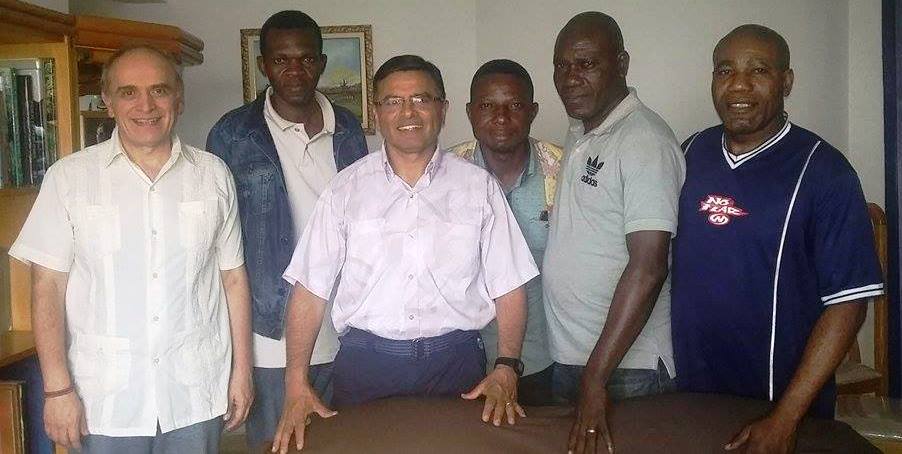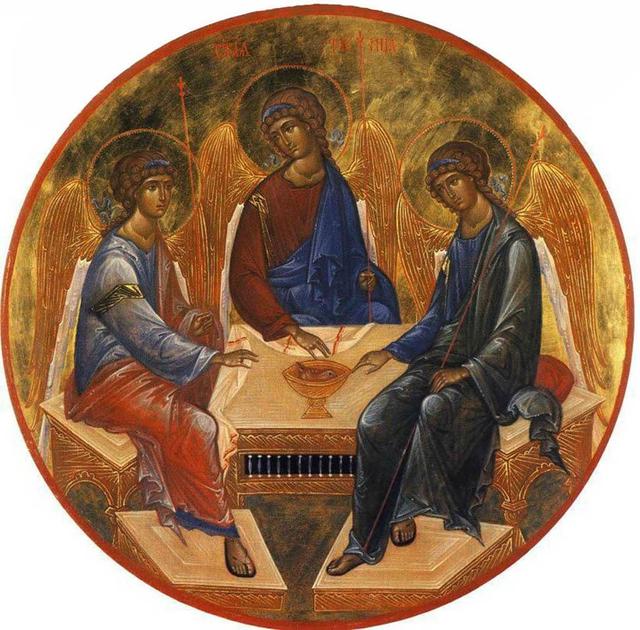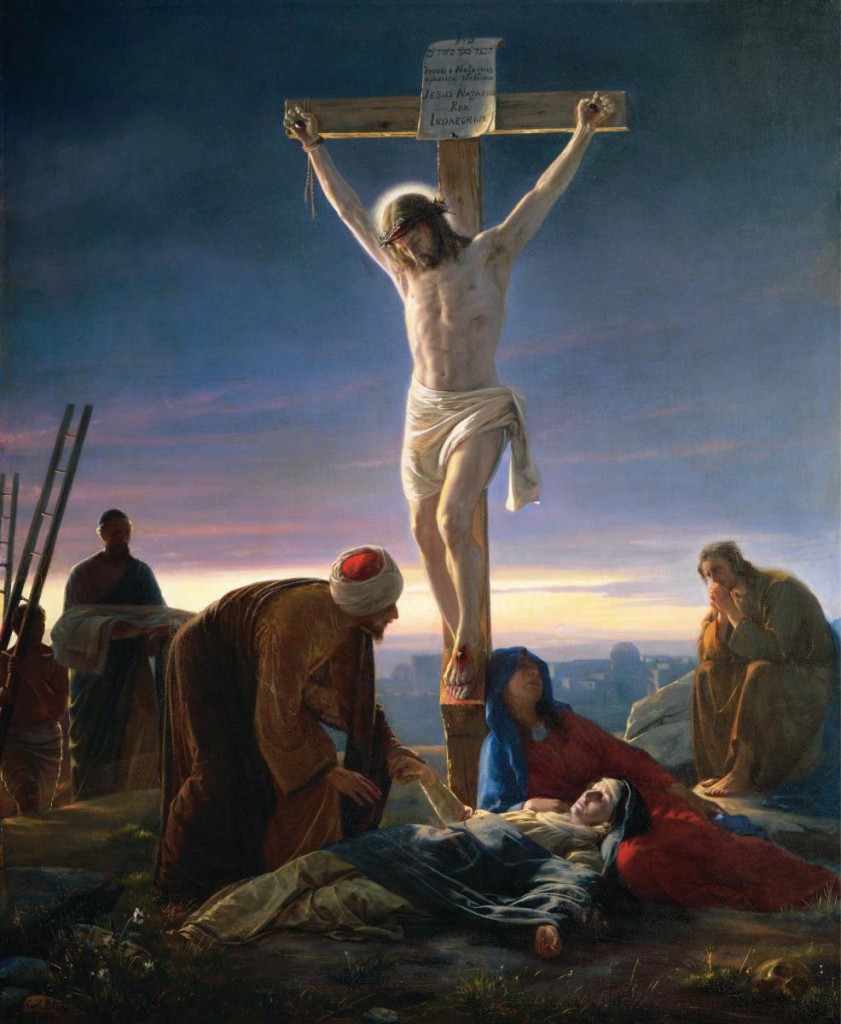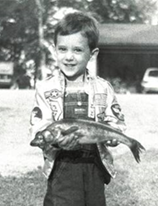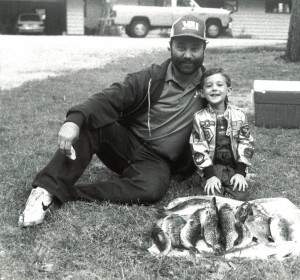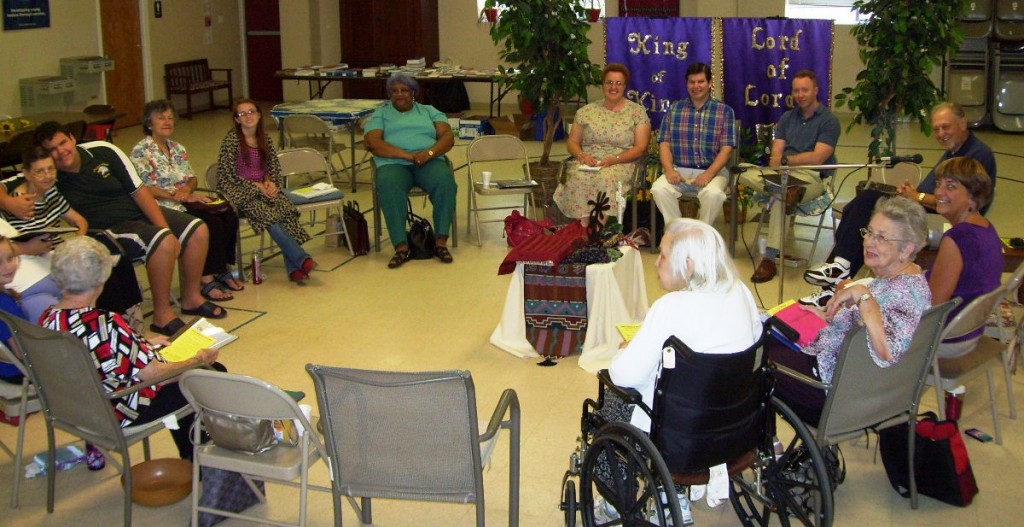Dear Brothers and sisters,
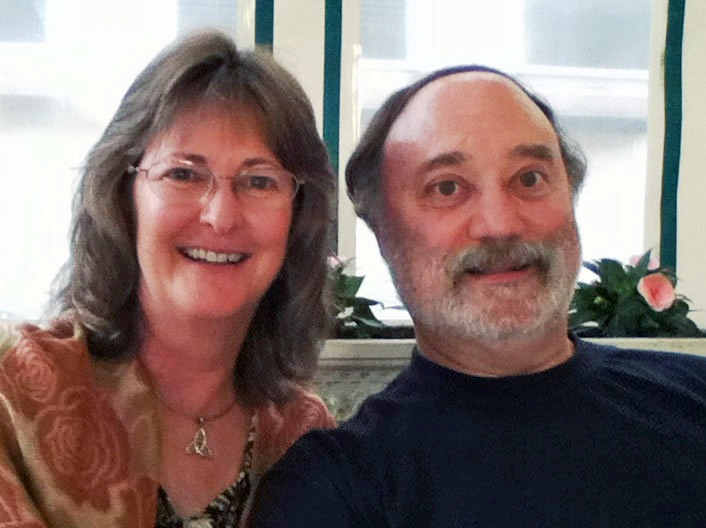 Our increasingly secular, individualistic culture has lost sight of the truth that God gives us the precious gift of human identity. This loss leaves people to define their own identity. In doing so, instead of relying on widely agreed-upon values concerning life’s meaning, purpose and destiny, they rely on a secular “law” that values complete individual autonomy from God and people. Instead of producing freedom, this law produces slavery.
Our increasingly secular, individualistic culture has lost sight of the truth that God gives us the precious gift of human identity. This loss leaves people to define their own identity. In doing so, instead of relying on widely agreed-upon values concerning life’s meaning, purpose and destiny, they rely on a secular “law” that values complete individual autonomy from God and people. Instead of producing freedom, this law produces slavery.
Because we are called to minister with Jesus within particular cultures, we must be aware of how culture shapes identity, and how the gospel testifies that the true identity of all people is found in Jesus. As Christians, we believe that the Son of God created us, became human, shared our life, died on our behalf, and now lives to help us, holding our future secure in his hands. This gospel truth is our primary frame of reference—our source of identity.
Sadly, the identity of many people is shaped not by the gospel but by such identity-forming cultural forces as media (including social media), advertising, education, entertainment, politics, technology and peer pressure. “Swimming” within this “cultural soup,” people come to believe they don’t need God—that they can be self-sufficient and make their own way. They learn to place their identity in their nationality, race, vocation, peer group, or hobby. And now many feel the need to place their identity in their sexual preferences (for more on that topic, click here or on the “LGBT issues” link above, left).
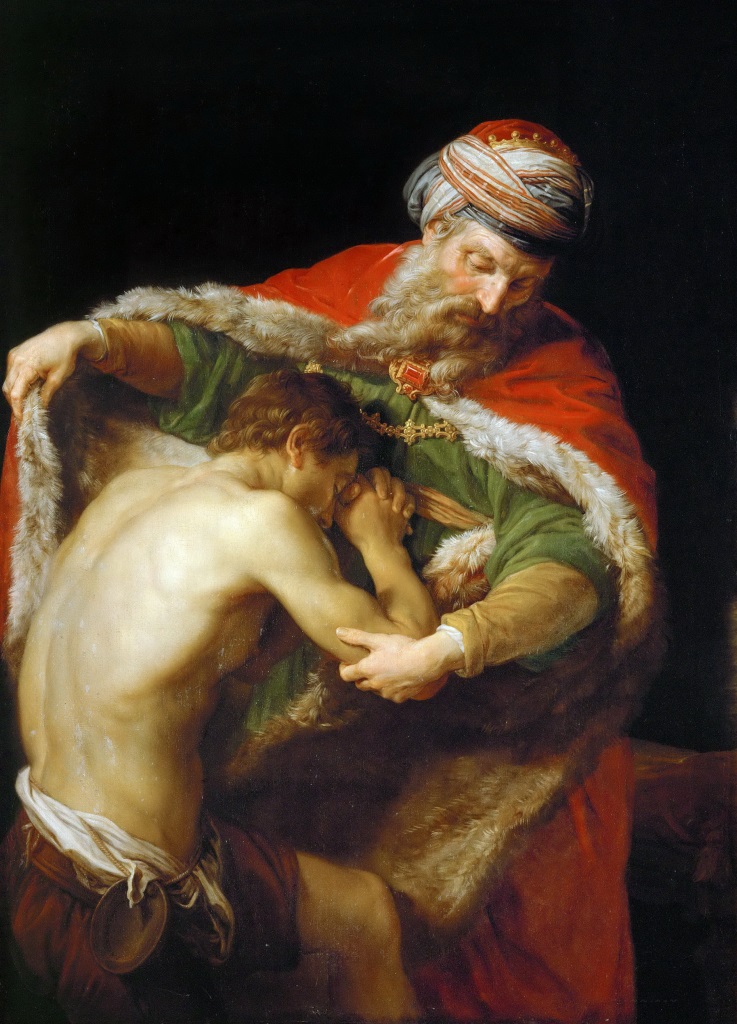
(public domain via Wikimedia Commons)
Into this “cultural soup” comes Jesus with a radical message of a new, transformed identity. That identity is not principally about human distinctions (Galatians 3:28), but who humans are, by grace, as God’s dearly loved children. Sadly, many people don’t know of this Christ-centered identity, largely because they hold false views about who God is. They’ve heard he’s like an angry, abusive parent out to punish his disobedient children. They’ve heard he’s so offended that he can’t stand to be in the presence of sinners and has plans to inflict pain on them forever and ever.
But all these views of God are wrong—they all suffer from a case of mistaken identity. God’s true identity is revealed to us in the person of Jesus Christ. In Jesus we see that God is willing to suffer for us, even die for us, so that we can live forever with him. In Jesus we see that though we all sin and fall short of perfection, God, in love, has done something about it.
People react to this truth about God in different ways. Some won’t accept it—they don’t think their sins are anywhere near bad enough to necessitate such sacrifice. Others know they’ve sinned, but believe the good they’ve done outweighs the bad. Others, painfully aware of their guilt, desperately try to earn their way back into God’s favor.
The good news is that God’s favor, as a loving Father, is already there for all people. Even when we were sinners (his enemies!) he loved us and sent his Son to die on our behalf and reconcile us to himself. That truth—the gospel—forms the basis for our true identity. Yes, we all are sinners, and no, we can’t change that, but God can and has. As his freely given gift, he sent his Son to live and die in our place so that we would be forgiven and raised with him to new life. And now in Jesus—in who he is, and what he has done—we are the dearly loved children of our heavenly Father. That is who we truly are. That is our true identity.
Over the centuries, followers of Jesus, embracing their true identity, have committed their lives to helping others come to know who they truly are in Christ. Paul described that gospel work this way: “My dear children, for whom I am again in the pains of childbirth until Christ is formed in you…” (Galatians 4:19). Paul’s work in Galatia, as elsewhere, was to help people know Christ and to have Christ formed within them—to understand their true identity and then have their lives transformed as they live into that identity (see Galatians 2:20 KJV).
As a church, our primary goal is to participate, as did Paul, in what Jesus is doing to help people come to know him and then to be transformed as Christ is formed within them (Romans 12:2). That journey of transformation is about having our identity formed in Christ rather than in the “cultural soup” that surrounds us. It means yielding to the Spirit of Christ as he shapes us into what he wants us to be, using the gifts he gives us to join in the work he is doing, being instruments of his righteousness and peace for the benefit of people who desperately need to know him and know who they truly are in him.
This journey of transformation happens neither by accident nor by force. At times the journey seems slow, but it’s real and leading to our glorification—the time when we’ll be conformed perfectly to Christ and thus live fully into our true identity in him (see Romans 8:29 and 1 John 3:2). On this journey, the Spirit leads us to turn away from all other sources of identity and give our lives to Christ daily, as he continues to shape us to be more and more like he is. Note how Paul describes the process:
- “You have taken off your old self with its practices and have put on the new self, which is being renewed in knowledge in the image of its Creator” (Colossians 3:9-10).
- “Put off your old self, which is being corrupted by its deceitful desires; to be made new in the attitude of your minds, and to put on the new self, created to be like God in true righteousness and holiness” (Ephesians 4:22-24).
Out with the old identity—in with the new! Off with the way of sin—in with the way of Christ! As we surrender to Jesus, he gives us this new identity and way of being. It’s no pretense; no religious show—it’s reality, the gift of our true identity that gives us our meaning, our purpose, our security and our destiny. It’s a journey with daily challenges and joys. It’s about a life centered on Jesus, who not only shows us the Father, but shows us what we can become as we journey with him.
Our mission is to tell others this wonderful news—the simple (yet profound) truth that God who made us wants really good things for us. Even though we humans run from God, or act as if he’s not there, or refuse his help, God still loves us, still pursues us. He sent his Son, Jesus Christ, to become human with us, to speak our language, feel our pain, and take the sting of death upon himself removing all the barriers between us and God, giving us all our true identity as God’s dearly loved children.
Joined with you in living out our true identity in Christ,
Joseph Tkach





